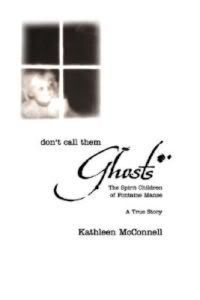I've been puzzling on this one and am wondering if the car really was rolling uphill or if this is one of those places where people have trouble telling. I know, that seems incredible, but apparently sometimes people think they are going uphill, when they are really going downhill. This seems even worse that not knowing your left hand from your right.
I would like to see a better test than the one in this video, which would be to go out to this road when it's raining, or fill a big cooler with water and go pour it on the road and see which way it flows. Water flows downhill, so if it flows toward the railroad tracks, the car was actually going downhill, and the locals are using the story of the children to get a bigger thrill out of their illusory experience.
If it flows away from the tracks, the car was being pushed by some unknown force, and that would be very interesting. If anyone from San Antonio has observed the direction of the water flow on this road or is willing to check out my theory, please let me know how it turns out!
San Antonio Ghost Children Debunked
Thanks to an alert Paranormal Surroundings forum member for finding and pointing out the facts on this one to yours truly. It turns out the bus accident cited in the video happened in UTAH, not TEXAS, and most of the road leading to this crossing is a downhill grade, with just the last bit going up. It is long enough that most cars build up enough oomph to get across the tracks. Click on the link to get the details from the North Texas Skeptics.
They used a lot of technical equipment to get the grade of the road figured out. I still think my plan would have worked, less technical, but water always runs downhill, so not high on numbers, but pretty reliable data, nevertheless.
So, whatever happened to responsible journalism? Are we reduced to "human interest" stories where journalists look for an "entertaining" story, rather than looking for the truth about one? Are more news channels going to suggest that they report and we decide, rather than they research and let us know what they uncover? I addressed this sad issue in my blog: The Truth, the Whole Truth, and the Relatively Real Truth.
I don't believe in multiple choice truth. Our news outlets shouldn't be excused for passing off fabrications as truths because the reporters and producers are too lazy to look below the surface for it.





